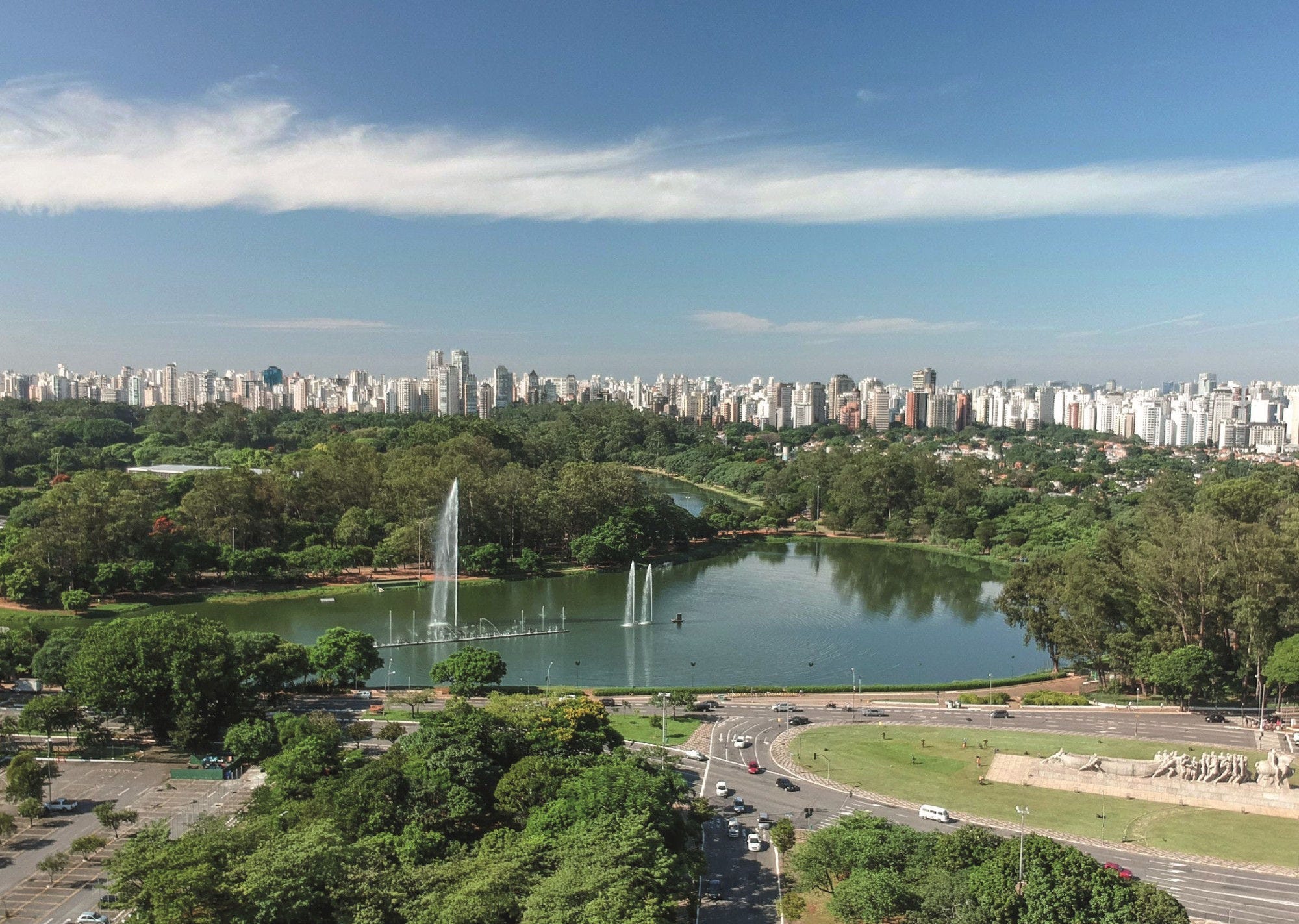The structural or underlying fiscal balance is the difference between government revenues and expenditures corrected for effects that could be attributed to the economic cycle and one-off events. Removing the effects of economic fluctuations from the figures enables policy makers to identify the underlying trends of economic aggregates and allows them to better assess the sustainability of public finances in the long run. Government revenues tend to decline during economic downturns, as incomes fall. At the same time, public spending tends to increase, as more people claim social assistance or unemployment benefits. Governments may also increase public expenditure to stimulate the economy. All these effects were visible during the COVID-19 pandemic. The structural balance is a measure of the budget balance a government would have with its current policies if the economy was operating at its full potential (“potential GDP”).
Between 2019 and 2022, the average general government structural balance in the Latin American and Caribbean (LAC) region deteriorated by 1.3 percentage points (p.p.), from an average balance of -3.4% of potential GDP in 2019 to -4.7% in 2022. Similarly the OECD average balance dropped from -1.38 in 2019 to -3.8% in 2022. Most LAC countries increased their structural deficits between 2019 and 2022, with the largest increases recorded in Barbados (5.7 p.p. of potential GDP) and Colombia (4.7 p.p.). Conversely, some countries saw an improvement to their structural balance. Suriname, an outlier, improved its structural balance by 18.6 p.p. of potential GDP in the same period although it still recorded a deficit. Other LAC countries that improved their structural deficits between 2019 and 2022, albeit to a lesser extent, include Costa Rica (2.7 p.p.), Ecuador (2.7 p.p.) and Guyana (2.6 p.p.). All LAC countries had negative structural balances in 2022, with Ecuador coming the closest to equilibrium with a structural balance of -0.8% of potential GDP (Figure 11.10).
The average structural balance in the LAC region is projected to steadily improve between 2022 and 2025 by 1.4 p.p. (the same projection as for OECD countries) reaching a value of -3.4% of potential GDP in 2025, close to pre-pandemic levels (-3.4% in 2019). Notable improvements in the structural balance as a percentage of potential GDP between 2022 and 2025 are projected for Suriname (4.0 p.p.), Colombia (3.6 p.p.), and Argentina (2.9 p.p.). The only LAC countries projected to achieve positive balances by 2025 are Suriname (0.9% of potential GDP) and Barbados (0.1%), with the latter expected to reach a surplus in that year (Figure 11.11).
Among the largest LAC economies, Argentina (-1.2% of potential GDP) and Mexico (-2.8%) are projected to report structural balances closer to equilibrium than the LAC average by 2025. In contrast, Brazil’s projected general government structural balance of -5.4% of potential GDP. The LAC region is projected to record an average structural balance of -4.6% of potential GDP in 2024, further from equilibrium than the OECD average of -2.7% (Figure 11.12).



